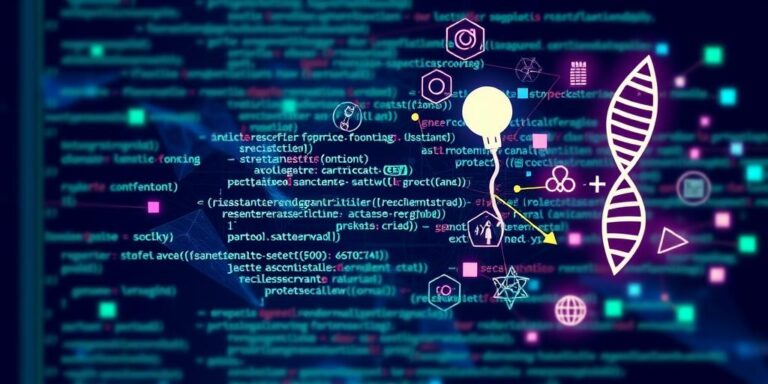Domain-Specific Languages (DSLs) for Niche Problems (2027)
In the rapidly evolving landscape of software development, the year 2027 marks a significant shift towards specialized solutions for niche problems. One of the most potent tools in this endeavor is the Domain-Specific Language (DSL). This article explores the essence, advantages, and future trends of DSLs, highlighting their increasing importance in tackling complex, domain-specific challenges.
What are Domain-Specific Languages?
Domain-Specific Languages are programming languages designed to solve problems in a particular domain. Unlike general-purpose languages (GPLs) like Python or Java, which are versatile but can be cumbersome for specialized tasks, DSLs are tailored to address specific needs within a narrow problem set. This specialization allows for more concise, readable, and maintainable code.
Advantages of Using DSLs
- Increased Productivity: DSLs enable developers to express solutions more directly, reducing the amount of code needed and, consequently, the time spent on development.
- Improved Readability: By using domain-specific terminology and syntax, DSLs make code easier to understand for both developers and domain experts.
- Enhanced Maintainability: The focused nature of DSLs simplifies debugging and maintenance, as the codebase is smaller and more targeted.
- Greater Flexibility: DSLs can be adapted to meet changing requirements within their domain, allowing for rapid iteration and innovation.
DSLs in Action: Real-World Examples
By 2027, DSLs have found applications across various sectors. Consider these examples:
- Financial Modeling: A DSL for creating and simulating financial models, allowing analysts to quickly prototype and test different scenarios.
- Robotics: A DSL for programming robot behavior, enabling engineers to define complex actions and interactions with the environment using intuitive commands.
- Genomics: A DSL for analyzing genomic data, facilitating the discovery of patterns and insights that would be difficult to uncover using general-purpose tools.
Trends Shaping the Future of DSLs
Several trends are driving the adoption and evolution of DSLs:
- Low-Code/No-Code Platforms: DSLs are increasingly integrated into low-code and no-code platforms, empowering non-programmers to create custom solutions.
- AI-Powered DSL Generation: Artificial intelligence is being used to automatically generate DSLs from domain knowledge, further accelerating the development process.
- Cloud-Native DSLs: DSLs are being designed to run natively in cloud environments, taking advantage of scalability and distributed computing resources.
Challenges and Considerations
Despite their advantages, DSLs also present challenges:
- Initial Investment: Developing a DSL requires significant upfront investment in language design and tooling.
- Learning Curve: Developers and domain experts need to learn the new language and its associated tools.
- Integration Complexity: Integrating DSLs with existing systems can be complex and time-consuming.
Conclusion
As we move further into the era of specialized solutions, Domain-Specific Languages will continue to play a crucial role in addressing niche problems efficiently and effectively. By understanding their benefits, challenges, and future trends, organizations can leverage DSLs to gain a competitive edge in their respective domains. In 2027, DSLs are not just a tool but a strategic asset for innovation and growth.




